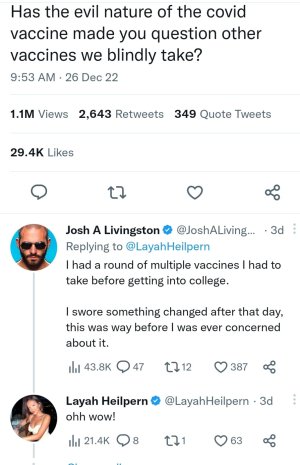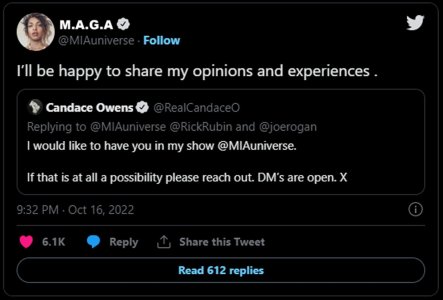- 18,386
- 34,060
This timeline from the NYT outlines when we can expect to get vaccinated. It roughly matches my speculation from a couple weeks ago:
The obvious question on many people’s minds is: When can I expect to be vaccinated? While there is still a lot of uncertainty, it’s possible to lay out a rough expected timeline. I’ve done so below, with help from public health experts and colleagues who are covering the virus.
December: Health care workers and nursing home residents will likely be the first people to receive the vaccine, as the panel recommended.
Up to 40 million doses could be available to Americans before the end of this year, from a combination of Pfizer’s and Moderna’s vaccines. That would be enough to vaccinate the three million people who live in long-term-care facilities, as well as most of the country’s 21 million health care workers.
January: Keep in mind that both the Pfizer and Moderna vaccines require a second dose a few weeks later to be effective. So an initial batch of 40 million doses would be enough to vaccinate only 20 million people.
By early next year, Pfizer and Moderna are likely to be able to ship about 70 million doses per month, Moncef Slaoui, a top federal vaccine official, told The Washington Post yesterday. People will likely receive the shots at doctor’s offices, hospitals and pharmacies, as well as at specially created clinics in some places, my colleague Katie Thomas says.
February and March: The next priority groups are likely to be people over the age of 65 (and especially those over 75); people with medical conditions that put them at risk of death if infected; and essential workers, like those in education, food, transportation and law enforcement.
One exception to this second wave of vaccine recipients may be people who have already had the virus, making them immune from it for at least some period of time.
If other companies in addition to Pfizer and Moderna receive approval for their vaccines, the total number shipped each month could reach 150 million by March, Slaoui said.
April, May and June: The most likely scenario is that even people who don’t qualify as a priority — like healthy, nonessential workers younger than 65 — will begin receiving the vaccine by the spring. The vast majority of Americans could be vaccinated by early summer.
The obvious question on many people’s minds is: When can I expect to be vaccinated? While there is still a lot of uncertainty, it’s possible to lay out a rough expected timeline. I’ve done so below, with help from public health experts and colleagues who are covering the virus.
December: Health care workers and nursing home residents will likely be the first people to receive the vaccine, as the panel recommended.
Up to 40 million doses could be available to Americans before the end of this year, from a combination of Pfizer’s and Moderna’s vaccines. That would be enough to vaccinate the three million people who live in long-term-care facilities, as well as most of the country’s 21 million health care workers.
January: Keep in mind that both the Pfizer and Moderna vaccines require a second dose a few weeks later to be effective. So an initial batch of 40 million doses would be enough to vaccinate only 20 million people.
By early next year, Pfizer and Moderna are likely to be able to ship about 70 million doses per month, Moncef Slaoui, a top federal vaccine official, told The Washington Post yesterday. People will likely receive the shots at doctor’s offices, hospitals and pharmacies, as well as at specially created clinics in some places, my colleague Katie Thomas says.
February and March: The next priority groups are likely to be people over the age of 65 (and especially those over 75); people with medical conditions that put them at risk of death if infected; and essential workers, like those in education, food, transportation and law enforcement.
One exception to this second wave of vaccine recipients may be people who have already had the virus, making them immune from it for at least some period of time.
If other companies in addition to Pfizer and Moderna receive approval for their vaccines, the total number shipped each month could reach 150 million by March, Slaoui said.
April, May and June: The most likely scenario is that even people who don’t qualify as a priority — like healthy, nonessential workers younger than 65 — will begin receiving the vaccine by the spring. The vast majority of Americans could be vaccinated by early summer.







































